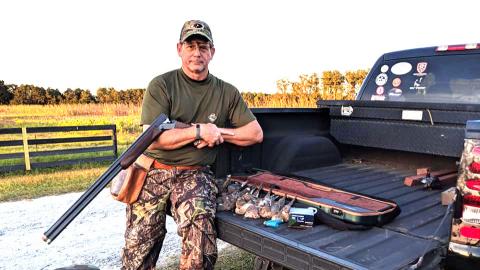Heath Wood
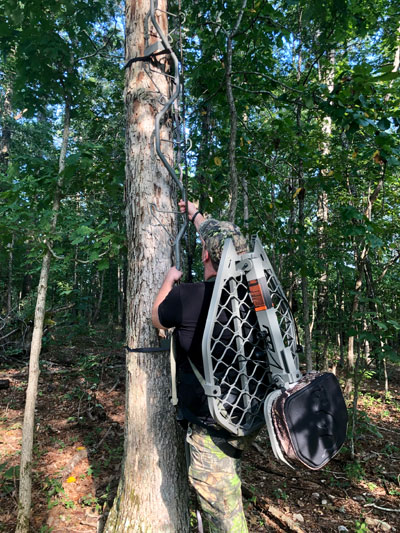 As I sat in my tree stand for the first time on a new piece of property, I could not help but wonder if I was in the right spot to get close enough to a deer to make a harvest.
As I sat in my tree stand for the first time on a new piece of property, I could not help but wonder if I was in the right spot to get close enough to a deer to make a harvest.
I acquired a new place to hunt from a local farmer during the first week of November. I knew that buck movement would be revving up during this time, which is why I opted out of thoroughly scouting the land like I usually do when I have a couple of months before hunting season.
Not being prepared, I decided to hang a stand at the edge of a field in which I knew deer would most likely be feeding. My stand also overlooked a broad field that had me convinced I might be able to see more of what was going on with deer movement; I could adjust my game plan accordingly.
The newly acquired hunting grounds was a mere 200-acre farm that was shared with many of the farmer’s cattle. Knowing that I did not have much room to move stands, I found myself continuing to ponder if deer were moving better over the hill or on the other side of the property. I know I am not the only one that has this problem - these questions are asked by many hunters when trying to find the right spot to close the deal on their next trophy buck. Hunting smaller pieces of land often leaves the hunter questioning if they have too many tree stands hung, and if having several different stand sites on one small piece of property is more beneficial than staying in one spot.
As I sat in my stand with those thoughts running through my head and wishing I could be in more than one place at a time, I watched a deer on top of a hill, feeding through the green grass, and I noticed that every deer I spotted the first morning from the stand came from one specific spot. Of course, the movement I encountered occurred on the other side of the field, over a hill out of my sight.
Trying to play it safe, I hunted the same stand two more times before finally deciding to go on the other side of the hill and see what I was missing. It was now the first week of the Missouri rifle season, and I knew I had to hurry and find a new spot before the rut action intensified. Sure enough, the first morning of hunting in a different stand on the opposite side of the hill, I began seeing deer immediately. After approximately 2 hours and several does and small buck encounters, I could see the rack of a nice buck coming my way. Trying to keep calm, I was able to get a solid rest and make a successful shot on a nice southern Missouri buck.
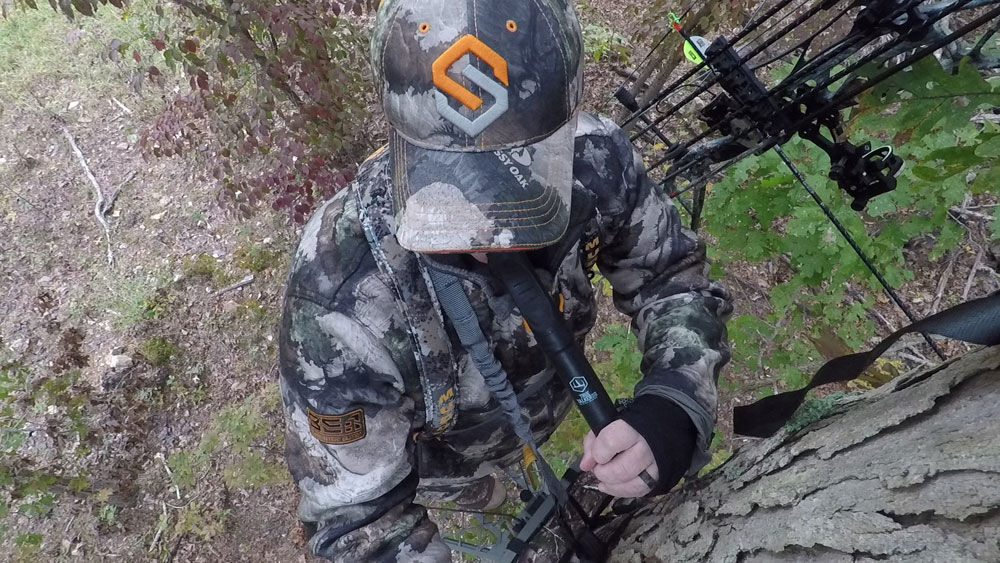
When hunting smaller pieces of property, it is all about being in the right place at the right time to make a successful shot on a mature buck. If one is not in the right place, a buck could move through undetected before moving to a neighboring area where a hunter may be in the right spot. Tree stands should be set in place for multiple situations when the moment presents itself. The answer to how many stands one should have on one piece of hunting ground, as many as it takes.
Early Season/Late Season Stands
One of the number-one reasons that hunters get discouraged about a specific stand location is due to travel patterns of deer changing from when the stand was placed to when it is being hunted.
Many hunters have multiple trail cameras placed before the season to see where and what deer are in the area. All the movement may be in one specific area during the summer and early fall. Yet, when hunting in late October or November, a deer will use a completely different pattern, leaving the hunter wondering why they didn’t place their stand in a different location.
To prevent being in this situation, a hunter should hang multiple stands. For example, early season stands should be near water due to warmer temperatures making water sources a hot spot for the early season. Another good early season location is transition areas from bedding areas to food. During the early season, that is all deer think about, compared to the rut when bucks are pursuing does for breeding purposes.
Late season stands are used when deer are not in the rut and using different patterns. After the rut, it is typically much colder, and deer revert to needing more food to stay warm and survive. Hunting in stands that overlook a specific food source such as a food plot or crops can be ideal for stand locations.
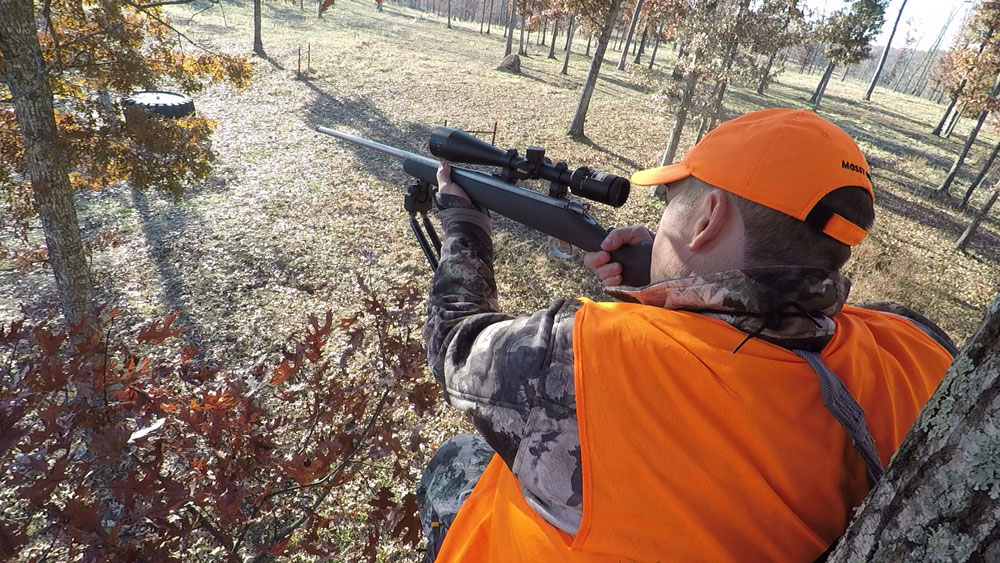
Morning/Evening Stands
Other than the time of year, deer also change travel patterns daily. You have probably heard hunters state that they have morning stands and evening stands.
During the rut, a deer will make a routine out of their travel route each day, taking the same route day after day. I have witnessed deer in an exact location for multiple days in a row if their natural travel route is not interrupted. However, the stand that is close to the most deer movement in the mornings may be wrong for where deer move in the evenings, which is why you need different stand locations for both.
Rut Stands
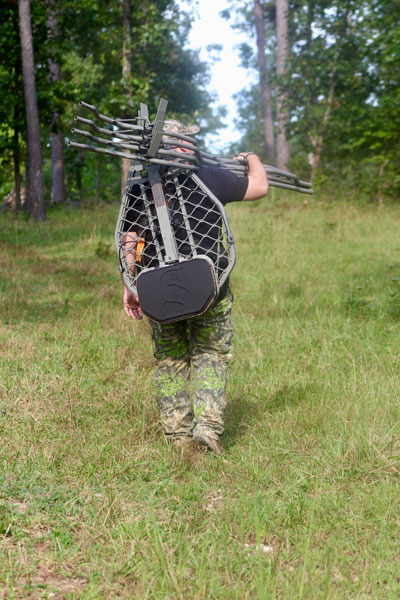 You may have noticed that the previous stand situations have been followed by circumstances other than the rut. A whitetail deer is overall a patternable animal throughout the year. However, when the rut approaches and bucks seek out does for breeding purposes, all those patterns change.
You may have noticed that the previous stand situations have been followed by circumstances other than the rut. A whitetail deer is overall a patternable animal throughout the year. However, when the rut approaches and bucks seek out does for breeding purposes, all those patterns change.
During the pre-rut, bucks begin seeking out does for the beginning stages of the rut. During this time, bucks will make scrapes in different areas, making does and other bucks aware of their presence. As does come closer to estrus, bucks begin chasing, trying to lock down a doe until she is ready to breed. During this time, multiple stands are beneficial because of bucks being in a different location every day. Wherever there is a hot doe, you will find a buck.
During the rut, a hunter must become versatile. One of the main reasons hunters do not have multiple stands, especially when hunting on smaller properties, is due to cost and time. I have recently been using Summit Treestands Featherweight Switch hang on stands. The Featherweight Switch is ideal for the hunter who does not have the time or money to spend on several different stands. This hang-on only weighs 17 pounds, making it easy to move. It also comes with the Summit Switch Receiver, which is strapped around the tree before pulling up the stand. The stand easily slides into the receiver, holding it in place safely, leaving both hands available to attach the stand to the tree. The best part, however, is the ability to have a couple of different ladders in place with the Switch Receiver at the top. If the hunter needs to move the stand quickly, all he or she has to do is to take the stand out of the receiver and move to another tree, only to hang it on in another receiver without having to move ladders, other straps, etc. By hunting with this setup, a hunter can have multiple stand sights ready before the rut. After observing what bucks are doing while hunting, the hunter can move to the stand that will be closest to the action. Best of all, you only have to buy one stand for 2 or 3 different setups.
The time of year, time of day and the rut are some of the most common reasons that hunters must have multiple stand sights. Other reasons may include bowhunting stands compared to rifle hunting stands, or multiple stands for different wind directions. No matter the reason, do not let hunting smaller properties decrease your stand options; instead, be prepared for every situation.
















